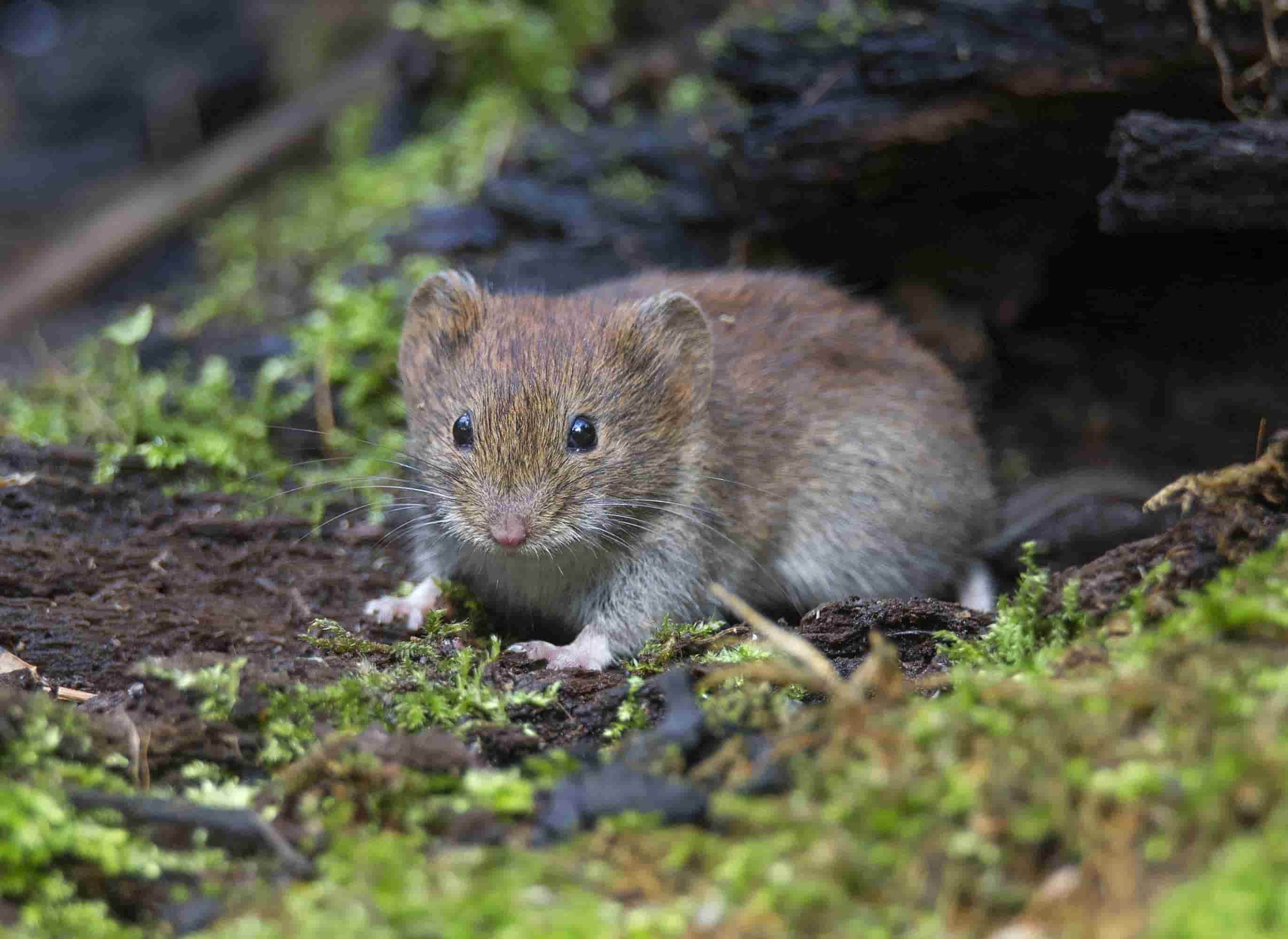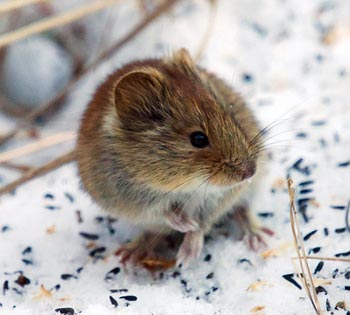Recognizing Vole Yard Damage and Exactly How to Combat It
Recognizing Vole Yard Damage and Exactly How to Combat It
Blog Article
Comprehensive Overview to Efficient Vole Pest Control: Problem Identification and Therapy Approaches
In the realm of efficient parasite control, vole infestations present an unique difficulty that demands a tactical technique. By discovering the subtleties of vole behavior, understanding essential signs of invasion, and reviewing an array of control options, one can establish an extensive method to fight these evasive insects.
Recognizing Vole Actions
Vole habits is identified by their delving behaviors and quick reproduction rates, making them a difficult bug to manage successfully. These little rodents typically produce complex passage systems underground, utilizing them for sanctuary, food storage space, and transport. Voles are herbivores, eating a range of plants, lawns, roots, and light bulbs, which can create significant damage to gardens, orchards, and yards. Their rapid reproductive rate further makes complex control efforts, with ladies efficient in generating numerous clutters in a solitary year, each having numerous spawn.
Voles are most active during the morning and evening hours, spending the majority of their time foraging for food. Their delving practices not only disturb yards and lawns but also make them challenging to identify and remove. Recognizing vole actions is crucial for reliable bug control strategies. By identifying their burrow areas, keeping track of feeding areas, and carrying out targeted control techniques, such as trapping or environment adjustment, vole invasions can be managed efficiently.
Signs of Vole Problem

Prevention Methods
Applying reliable avoidance approaches is critical in lessening vole problems and guarding plants from their harmful feeding routines (vole control utah). To avoid vole infestations, it is important to begin by getting rid of possible food resources and sanctuary. Maintain yard and vegetation trimmed short, eliminate weeds and particles, and maintain a tidy yard or lawn to make the area much less attractive to voles. Installing obstacles such as hardware towel or below ground fence can additionally aid hinder voles from getting in particular locations. Furthermore, decreasing excess dampness by repairing leaky pipes and ensuring appropriate water drainage can make the setting much less congenial for voles.
Regularly checking the residential or commercial property for indicators of vole task, such as paths and tunnel openings, is critical for very early discovery and timely activity. If vole activity is believed, think about using traps or repellents purposefully placed near their paths.
Non-Lethal Control Techniques
To effectively manage vole populaces while focusing on humane methods, non-lethal control techniques provide useful options for minimizing vole damages in landscapes and gardens. These barriers can be buried at the very least 12 inches curved and deep at a 90-degree angle to avoid voles from burrowing underneath.

Lethal Control Options
One effective method for attending to vole invasions in landscapes and yards includes the calculated use of lethal control alternatives. When encountered with a serious vole infestation that non-lethal approaches have actually stopped working to consist of, applying deadly control measures comes to be critical. On the whole, when using deadly control options, it is important to do so responsibly and in conformity with neighborhood guidelines to efficiently manage vole problems.
Final Thought
Finally, effective vole pest control calls for an extensive understanding of vole habits, identification of signs of problem, implementation of prevention methods, and usage of both non-lethal and dangerous control techniques. By combining these techniques, individuals can properly manage vole populaces and protect their building from damages. It is very important to resolve vole invasions promptly to avoid more issues and reduce the effect on the surrounding environment.
Provided the intricate passage systems and fast recreation rates particular of voles, acknowledging the indicators of vole infestation ends up being essential in efficient insect control. One of the key signs of vole visibility is the visibility of surface runways or tracks in turf or snow, typically regarding 1-2 inches large, produced as voles take a trip in between their burrows and food resources.To properly take care of vole populations while focusing on gentle methods, non-lethal control approaches offer sensible solutions for decreasing vole damages in landscapes and yards.One efficient method for addressing vole problems in gardens and landscapes entails the critical use of dangerous control options. vole lawn damage.In conclusion, reliable vole insect control requires an extensive understanding of vole actions, recognition of indicators of infestation, execution of prevention approaches, and utilization of both non-lethal and deadly control methods
Report this page